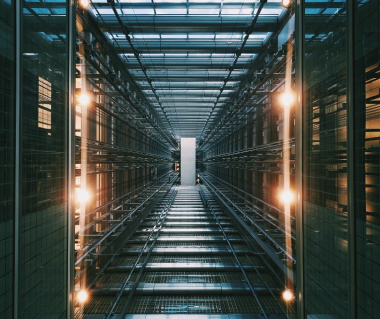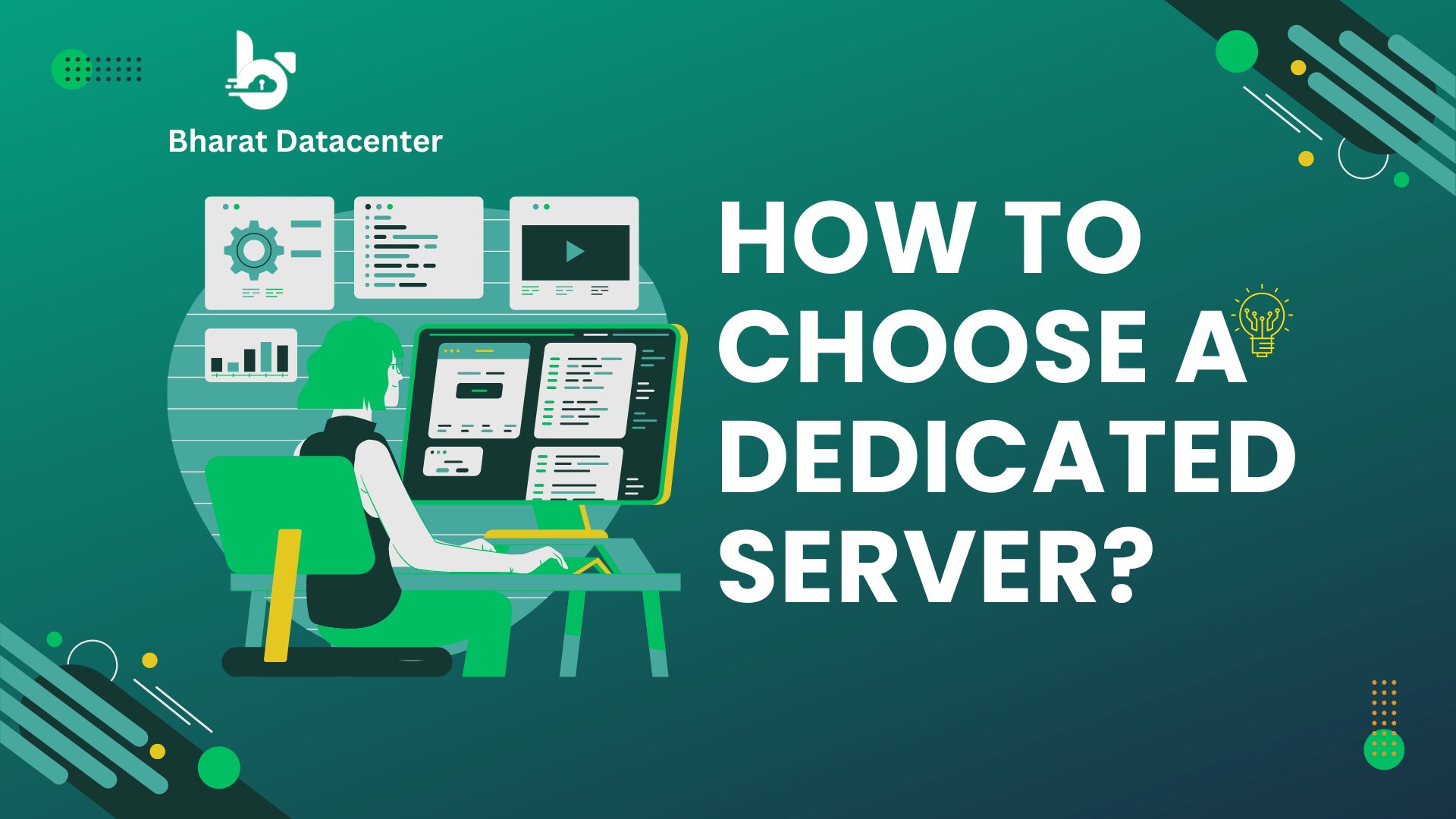Types of data center
A Data center is a centralized location designed to house and manage critical IT infrastructure, including servers, storage systems, networking hardware, and more. It serves as the brain of the technical infrastructure of today, providing the environment necessary for the storing, processing, and transfer of digital data.
There are various sorts of data centers, and each is created to satisfy certain needs depending on elements like scale, purpose, and security. Here are some common types:
- Enterprise Data Center: These are large-scale data centers that are owned and operated by various businesses to meet their requirements for IT infrastructure. They frequently come with numerous servers, storage units, and networking hardware.
- Colocation Data Center: In a colocation data center different organizations maintain their own equipment while sharing a space and infrastructure. With this decision, businesses can save money and have access to cutting-edge infrastructure without having to take complete control.
- Cloud Data Center: Cloud service providers employ cloud data centers to transmit services like computing capacity, storage, and apps via the Internet. These data centers have been designed with flexibility and scalability in mind.
- Edge Data Center: Edge data centers are situated nearer to consumers or devices, lowering latency and enhancing reaction times. They are beneficial for real-time processing-required applications, such as Internet of Things (IoT) devices.
- Hyperscale Data Center: These massively sized data centers are made to accommodate the demands of hyper-scale applications, like significant social networking platforms, search engines, and big data analytics.
- Containerized Data Center: These are modular data centers built within shipping containers which offer flexibility in terms of deployment and are often used in remote or temporary locations.
- Micro Data Center: Micro data centers are a smaller-scale variation of a standard data center that can be employed in locations with a limited amount of space.
- Green Data Center: These data centers have a strong emphasis on environmental sustainability and energy efficiency. They use techniques and technology to cut down on energy use and carbon emissions.
- Backup and Disaster Recovery Data Center: These data centers maintain backup copies of vital information and software, enabling businesses to recover in the event of data loss or system failure.
- Content Delivery Network (CDN) Data Center: To efficiently and swiftly provide online material, movies, and other digital assets to users, CDNs are distributed data centers spread out throughout the globe.
Let’s Get Social!
| Insta |


